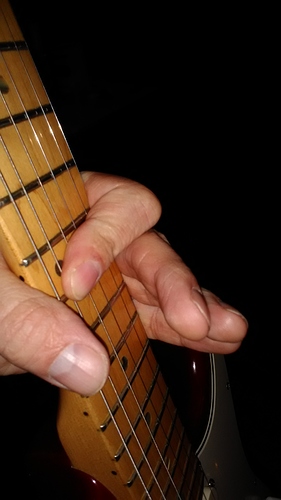Hey all - I’d like some critique/problem solving on my DWPS with descending pentatonics. For what ever reason I have less facility with descending pentatonics than ascending. I have been working at this on and off for over a year - here’s Troy’s advice to me on a earlier post…Another DWPS post - help!
I recorded a repeating 6 note chunk to demonstrate. I often hit the an open string when transitioning from the B string to the G string. I tried a bunch of experimenting such as using more slant or using more arm rotation - sometimes these strategies help but I haven’t been able to get the chunk consistent to the point where I would confidently play it live.
These examples are actually better than average - probably because I’ve been practicing it all morning. Another weird thing is that when I am playing, I clearly hear the mistakes (i.e. hitting open strings) but when I listen to the recording it is much less audible.
On electric:
On acoustic - sorry for shaky camera - my 6 y. old is still learning her camera skills
Any ideas?
thanks!


